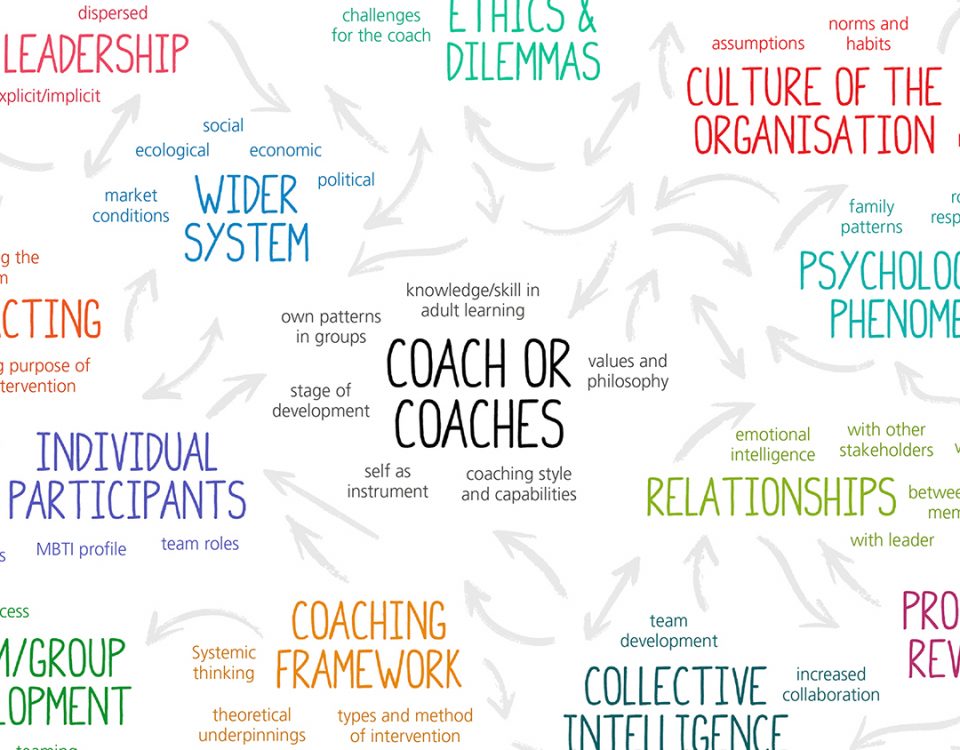Taking the step from blogging to vlogging
12th March 2018
The internet and me: 12,000 miles from home
14th May 2018Where Did You Learn To Behave Like That?

The title of Sarah Hill’s recently-published book, Where Did You Learn To Behave Like That? says it all for me! If as a coach or consultant you have ever asked or been asked this question, you know that you are likely to be thinking back and remembering experiences from your past, indeed from your childhood. And yet, so often, I find that supervisees tend to say, ‘I mustn’t go there with a client, because it is therapy,’ or, ‘I am working with adults, not their childhoods,’ or, ‘I’m scared to go there in case I cause damage to my client.’
In this book, Sarah’s approach is based on the work of David Kantor, and here she shares with courage her own personal journey into her childhood story. She provides the reader with clear and at times truly poignant examples from her own story, at the same time modelling the self-awareness that she advocates is fundamental to doing this powerful, relational work.
What I have really enjoyed is how Sarah has normalised and demystified that we all have a childhood story, and that as coaches (including facilitators and supervisors) we are able to work with our clients’ history without doing harm or entering the area of therapy – when we are not qualified, or if the client does not want to do this. At the same time, while this work is powerful to enable change for the client, the work itself is not easy. It requires presence and skill in the Story Guide (coach or facilitator) to support the Story Sharer (the client) as they unravel their often confusing thoughts and feelings when they revisit the world of the childhood story.
At the same time, what is also very clear for me here is how vitally important it is for us as professional facilitators to do our own work on our personal history. In this way, we come to recognise and appreciate our own childhood story, and thus can notice what our triggers and ‘invisible realities’ may be before helping the client to explore their triggers and patterns. Hill advocates that we only enter this domain with our clients when they are ready, and when as practitioners we are ready.
In this review, I have focused on those aspects of the book that resonate for me in terms of my own belief that we cannot take our clients where we have not been ourselves. Let me add that Sarah’s theoretical knowledge of the frameworks and application of structural dynamics as it underpins and supports this work is evident and clearly described throughout this very readable book.




